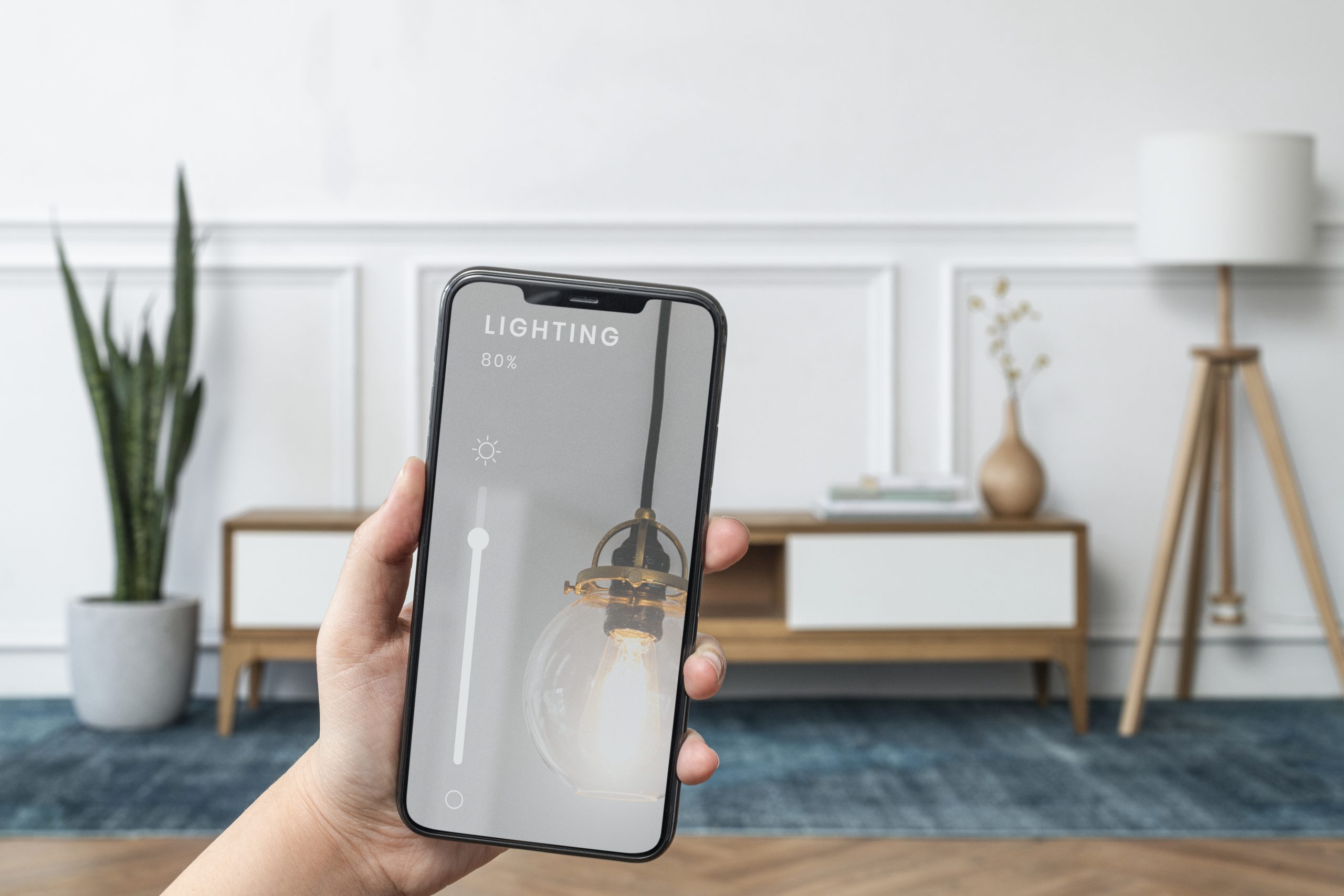Why hospitality has to adapt to tech savvy guestsdemanding flexibility
An explosion of new payment apps and options is transforming how customers like to pay. The world of payments was traditionally controlled by banks but new players and modes of payments have opened the market up. The advantages for the hospitality sector are potentially huge. These new technologies make it easy to travel without disruption across international borders with more affordable and instantaneous processing than credit cards.
Today, the technological expectations of guests have been set high by the e-commerce revolution. According to PwC, 81% of travellers want greater digital customer experience from hotel brands. This is especially true of millennials, 70% of whom are likely to book hotel accommodation using a tech amenity like mobile payments, smart TVs, or keyless entry.
Guests expect to be able to use a multitude of contactless alternatives to bank cards. They’ve grown accustomed to using phone apps like Apple Pay, PayPal, QR codes, or self-service check-in kiosks. A lot of high-end hotels have responded to the rapid technological shift, but too much of the hotel sector is stuck in the slow lane.

Paying catch up
Credit cards are still king, specifically Visa and MasterCard. Payments tend to be property-centric, so each hotel manages payments its own way even when it’s part of a chain. There are often several payment stages in a hotel stay and details need to be captured and processed each time.
Guests are basically expected to fit around the standard processes. Even if they return to the same hotel, their payment details won’t be stored. There’s a real danger that all the inconvenience has a negative impact on their experience.
Becoming guest-centric
The solution for hotels is to offer an “omnichannel” experience that provides customers with flexibility to pay how they want and switch between different methods. It’s much more guest-centric and more in harmony with modern expectations of flexibility. Research from McKinsey shows an average customer shifts more than 50 times across desktops, tablets, smartphones and channels when researching travel online.
An omnichannel system allows new payment types to be added easily. Guest preferences are stored in one place and never need to be re-entered. If the hotel is part of a chain, the details will be shared with the whole group.
Smartphones are at the heart of the payment revolution. Their ubiquitous connectivity means payments can be authorised instantly and sent to the merchant. These ‘proximity payments’ are enabled by digital technologies like smart messaging, QR-reading cameras, Bluetooth, GPS and NFC-enabled chips.
Another option for hospitality businesses is self-service kiosks that enable customers to pay for purchases without interacting with hotel staff, or handling cash or cards. Guests use smartphones or contactless payment cards to tap and pay. Kiosks also accept payments using wearables or ID fobs. They’re particularly valued by guests who are in a hurry to reach their rooms and want to avoid check-in delays.

How tokens enable omnichannel payments
Omnichannel payment systems allow orders to be created in one channel and fulfilled in another. Once guests have made a reservation online, their payment details are recorded using encrypted tokens, a system known as tokenization. There’s no need to present payment details again at check in, or making purchases during the stay.
Guests are then able to use whatever payment method they want. They’re able to wander freely around the hotel, using their chosen payment methods to settle bills for everything from bar snacks to spa treatments. And in doing so, they’re likely to be more relaxed and spend more.
Hotels reduce workloads and boost revenue
For the hotels, payments are smoother and faster, reducing workloads and tackling staffing issues. It’s likely to see an upturn in revenue. It’s also easier to track guests’ activities as each token provides a unique identifier. Assuming appropriate permissions with the property management system (PMS) at the centre, the data can be entered into CRM systems and loyalty platforms, processed and shared automatically to remove friction and provide personalised offers. It also removes the transactional role from staff to concentrate in delivering exceptional services.
Welcome Hotels group recently benefited from a successful implementation, realising the benefits of tokenization. Using tokens removed the hotel staff’s responsibility for safeguarding credit card details, firmly placing it behind secure IT systems. The group now has full tokenization with end-to-end encryption on the credit card details using the SIHOT.PAYENGINE which is backed by a payment provider.

Why seamless payments enhance the guest journey
Payments are an important part of the guest journey. When they’re effortless, there’s a real chance to grow revenue by removing the friction and frustration for visitors to continually process payments. One example of the power of frictionless payments is Uber. Instead of drivers processing card payments, or travellers paying in cash, Uber’s app charges you automatically. After your ride, you’re free to go.
Now compare the experience of a lot of hotel guests today. The room has a lovely view and the staff are attentive. But the stay starts with a clunky payment process demanding a wait in a line. The same financial information used to reserve the room has to be manually typed into the PMS. At the end of the stay, check out takes ages because staff have to verify and add various different payments for goods and services. This means hotel staff don’t have time to attend to guests’ real needs.
Guests have high digital expectations
Customers today have high digital expectations and want as frictionless an experience as possible. For millennials, payment flexibility is especially important. Some 64% book hotel rooms using their smartphones and 23% have checked into their holiday accommodation using a smartphone, according to PwC.
A hotel’s ultimate goal should be to provide a smooth omnichannel experience. They need to create various touchpoints to offer guests whatever payment methods they want when it suits them, improving conversion rates and revenue. With the technology available today, there’s no reason to make guests wait in line – or to weigh staff down with repetitive payment transactions.